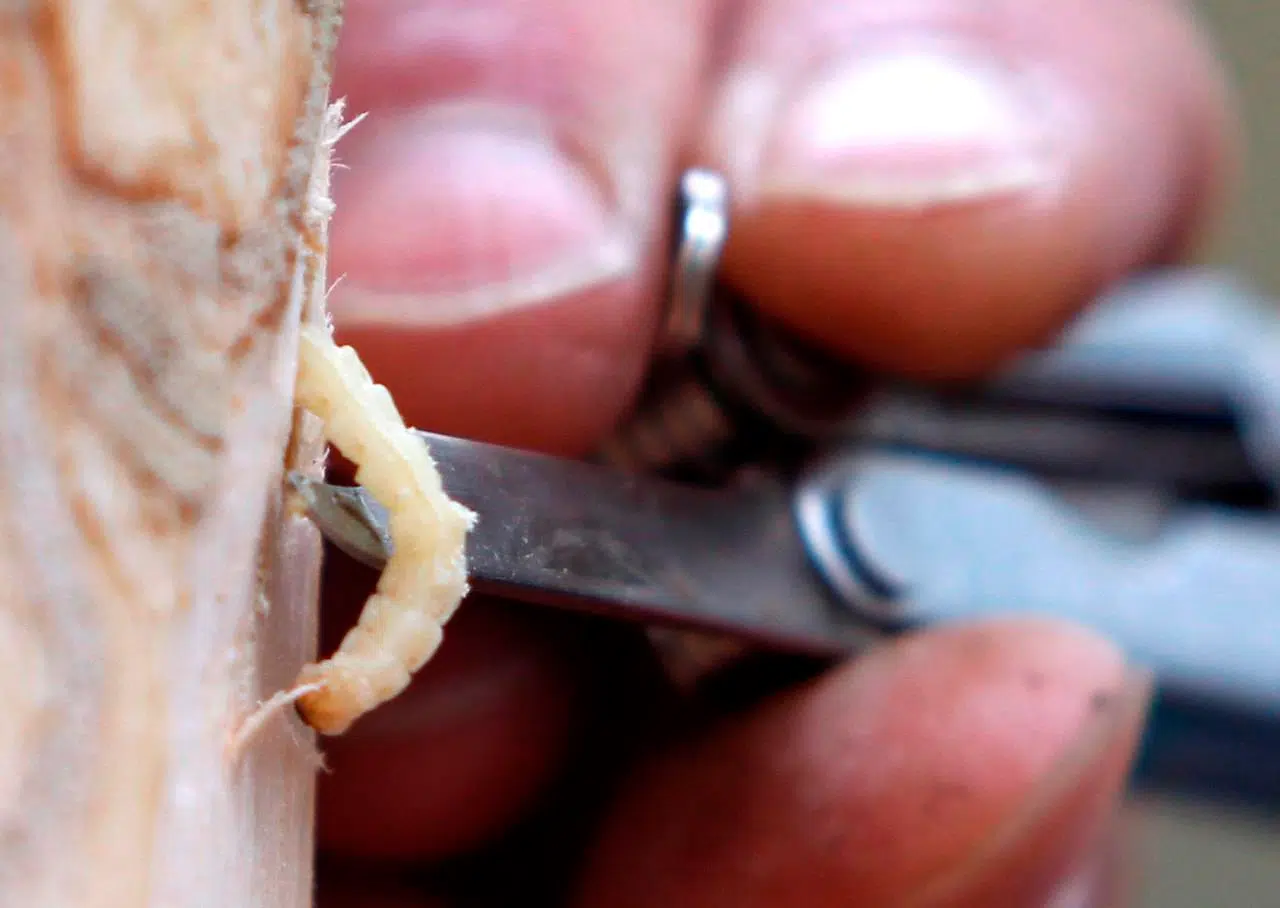
Top 10 invasive species spread by summer recreational activity in Canada
TORONTO — A list of the top 10 invasive species spread through summer recreational activities in Canada.
Spotted knapweed: This aggressive invasive plant invades prairies, meadows and open woods. It can take over these habitats and reduce the number and diversity of native plants and animals. Each plant produces thousands of seeds that can be spread when they adhere to ATVs, horses, bikes, hiking boots and camping equipment.
Where it’s found: Yukon, British Columbia, Alberta, Saskatchewan, Manitoba, Ontario, Quebec, New Brunswick and Nova Scotia.
Garlic mustard: This biennial plant is rapidly spreading across Canada, into forests and woodlands. It can form dense stands that exclude native plants, and can impact forest regeneration. Garlic mustard can be spread when the small seeds adhere to boots and clothing.


